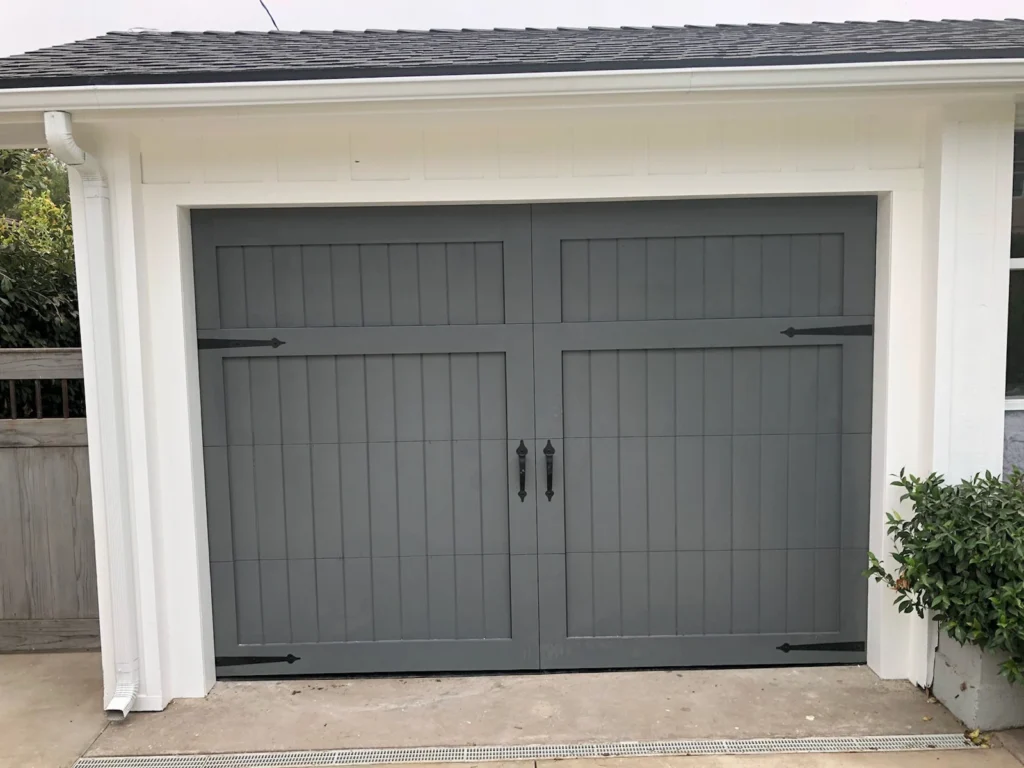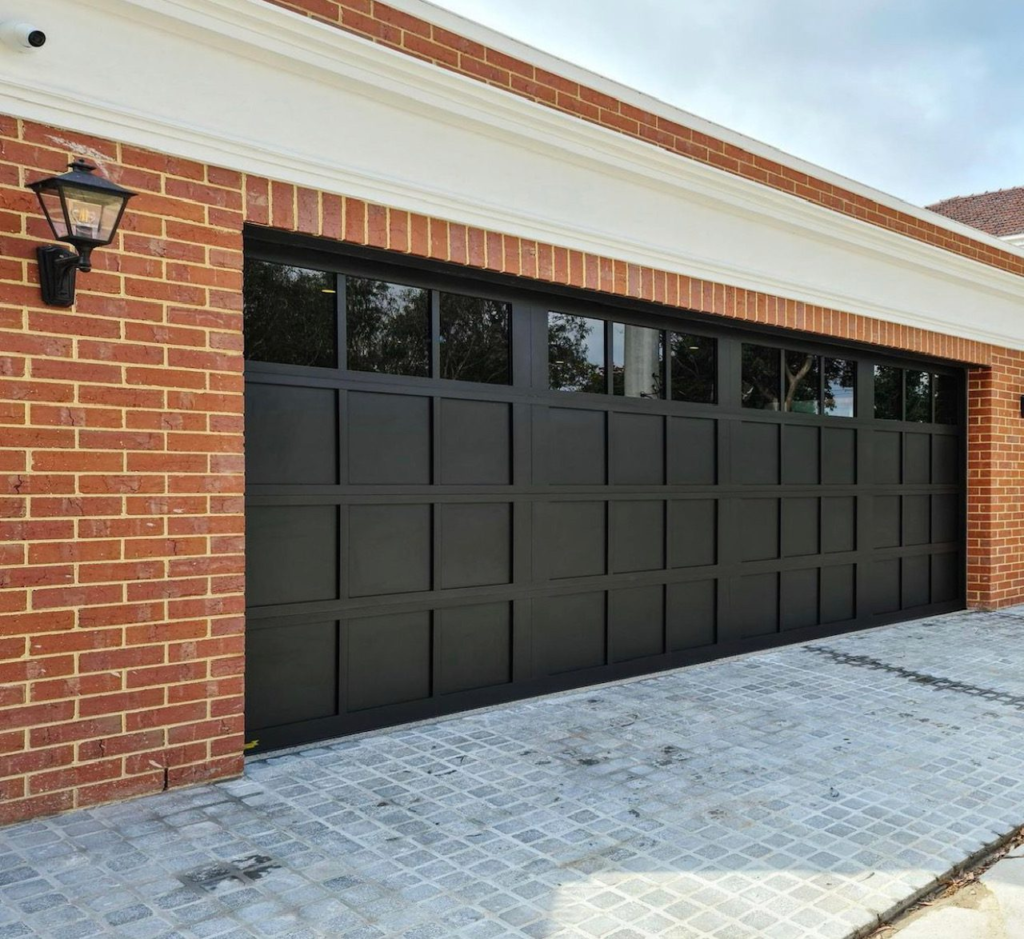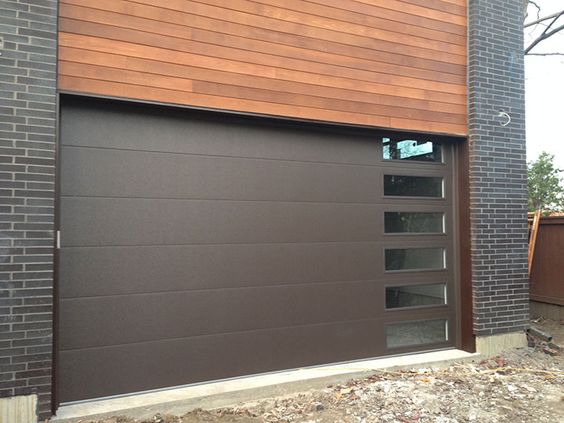Garage Door Repair Lantana TX, the unsung heroes of our homes, provide security and convenience.

However, when they start acting up, it can be frustrating. In this guide, we’ll delve into the common issues plaguing garage doors and equip you with the knowledge to troubleshoot and fix them effectively.
Understanding the Basics
Garage doors may seem complex, but understanding their basic components is crucial. From panels to springs, each part plays a vital role in the door’s functionality.
Recognizing Different Types of Garage Doors
Knowing your garage door type is the first step in troubleshooting. Whether it’s a traditional sectional door or a modern roll-up variant, each has its unique characteristics.
Identifying Common Parts and Their Functions
From torsion springs to sensors, get acquainted with the parts that make your garage door tick. Knowing their functions will aid in pinpointing potential issues.
Troubleshooting Common Issues
One of the most common issues is a malfunctioning remote. Ensure the batteries are fresh and that there are no obstructions blocking the signal.
Examining the Sensors
Garage doors have safety sensors that can impede operation if misaligned. Check for any obstacles in their path and ensure proper alignment.
Inspecting the Track and Rollers
A misaligned track or damaged rollers can cause operational issues. Regularly inspect and clean the track, and replace worn-out rollers promptly.
Strange Noises from the Garage Door
Over time, vibrations can loosen nuts and bolts. Grab your tools and tighten any loose hardware to eliminate those annoying rattles.
Lubricating Moving Parts
Lack of lubrication is a common culprit for strange noises. Invest in a high-quality garage door lubricant and apply it to hinges, springs, and rollers.
Replacing Worn-Out Rollers
If the noise persists, worn-out rollers might be the culprit. Replace them with new, high-quality ones for a smoother, quieter operation.
The Garage Door Is Uneven
Uneven doors are often a result of imbalanced extension springs. Follow the manufacturer’s guidelines to adjust them properly.
Balancing the Torsion Springs
Torsion springs play a crucial role in balancing the door’s weight. If the door is uneven, consult a professional to adjust or replace these springs.
Ensuring Proper Cable Alignment
Inspect the cables on both sides of the door. If they’re misaligned or damaged, it can lead to uneven operation. Adjust or replace them as needed.
DIY Repairs and Maintenance
Not all lubricants are created equal. Opt for a silicone-based or lithium-based lubricant specifically designed for garage doors.
Where and How to Apply Lubricant
Apply the lubricant to all moving parts, including hinges, springs, and rollers. Wipe off any excess to prevent attracting dirt and debris.
Frequency of Lubrication
Regular lubrication should be part of your garage door maintenance routine. Aim to lubricate the moving parts every six months to ensure smooth operation.
Tightening Loose Hardware
Gather basic tools such as a wrench and screwdriver for tightening loose nuts and bolts.
Identifying and Tightening Loose Nuts and Bolts
Inspect the entire door for loose hardware. Tighten any nuts, bolts, and screws you find, paying extra attention to the tracks and support brackets.
Regular Maintenance Schedule
Create a maintenance schedule to keep your garage door in top condition. Regular checks for loose hardware, lubrication, and visual inspections can prevent major issues.
When to Call a Professional
While many issues can be tackled with DIY solutions, certain signs indicate the need for professional intervention. These include major structural damage, motor issues, or complex spring problems.
Choosing the Right Garage Door Repair Service
When seeking professional help, research and choose a reputable repair service. Look for customer reviews, ask for recommendations, and ensure they offer transparent pricing.
Cost Considerations
Understanding the potential costs involved in professional repairs is essential. Get multiple quotes, and be wary of services that provide estimates without a thorough inspection.
Conclusion:
Fixing your Garage Door Repair Lantana TX doesn’t have to be a headache. By understanding its components and following this guide, you can troubleshoot common issues and perform basic maintenance. Remember, regular care goes a long way in ensuring your garage door operates smoothly.
Lantana Gates & Garage Doors
1180 Central Way, Lantana, TX 76226, United States
1-940-400-3038







